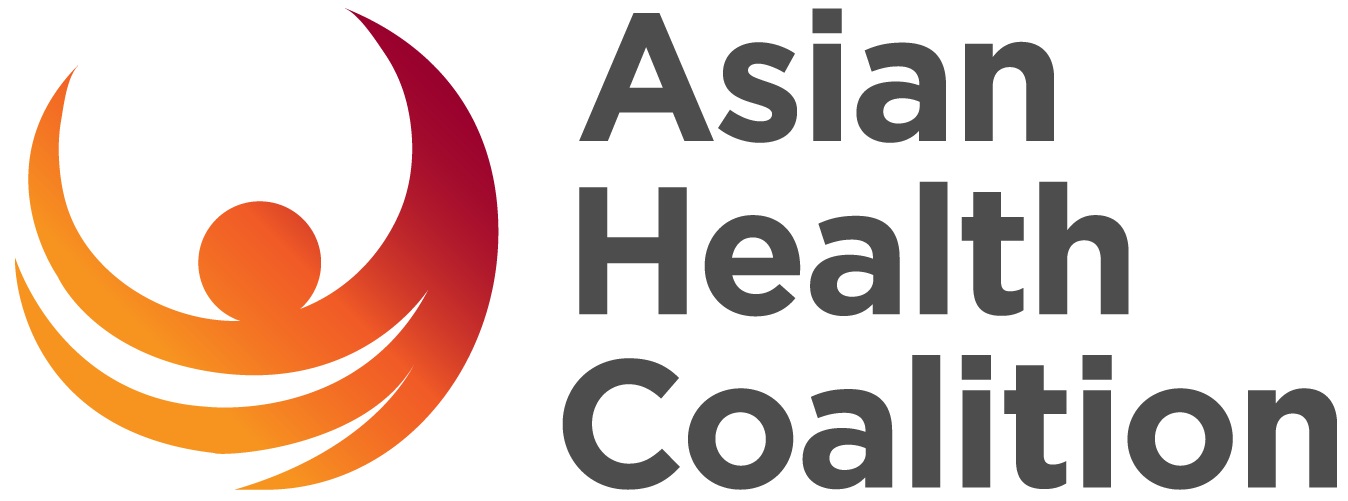Behavioral Health
The U.S. Surgeon General’s Report on Mental Health, Culture, Race and Ethnicity provided a strong voice in acknowledging the strong influence of culture on the mental health beliefs and practices of ethnic minorities. The report also provided a framework for understanding the disparities in need, access, utilization, and availability of mental health services among Asian Americans and Pacific Islanders (AAPIs), highlighted below. Highlights include:
Low utilization of mental health services due to a number of cultural values, such as avoidance of shame and stigma among AAPI subgroups and the lack of bicultural and bilingual providers
High rates of distress caused by trauma associated with political and economic turmoil (e.g., Vietnamese, Cambodian, Laotian and Hmong refugees)
Diversity in presentation and expression of psychological and psychiatric distress among AAPIs (e.g., somatization of symptoms)
As a largely immigrant and refugee population, Asian Americans face economic and language barriers that prevent them from accessing health care and make them more vulnerable to advanced depression and other mental health disorders.
Among women ages 15–24, Asian American women have the highest suicide mortality rates across all racial/ethnic groups. In addition, Asian American female adolescents have the highest rates of depressive symptoms of all racial/ethnic and gender groups.
The Asian American community is faced with a mental health crisis. According to recent statistics, it was found that Asian American women have the highest suicide rate among women over age 65, as well as the second highest among women 15 to 24. Additionally, nearly one out of two Asian Americans has difficulty accessing mental health treatment because they cannot find services that meet their cultural and linguistic needs. Unfortunately, many other barriers, such as the mistrust of mental health services and cultural stigma prevent many Asian Americans from accessing mental health care when they need it, furthering the severity of these issues.
Furthermore, mental health among AAPIs is often difficult to assess due to the overlap of a number of factors, such as the model minority myth, underrepresentation of AAPIs in epidemiological studies, mind-body conceptualization, and racial discrimination. However, many studies suggest AAPIs have comparable rates of psychological distress to the general population. Little is also known about the mental health needs of AAPI youth, but studies suggest that there are higher rates of depression, anxiety, and suicide among this group. Generational differences and conflict regarding family values and beliefs often cause additional strain, stress and anxiety problems for AAPI youth.


